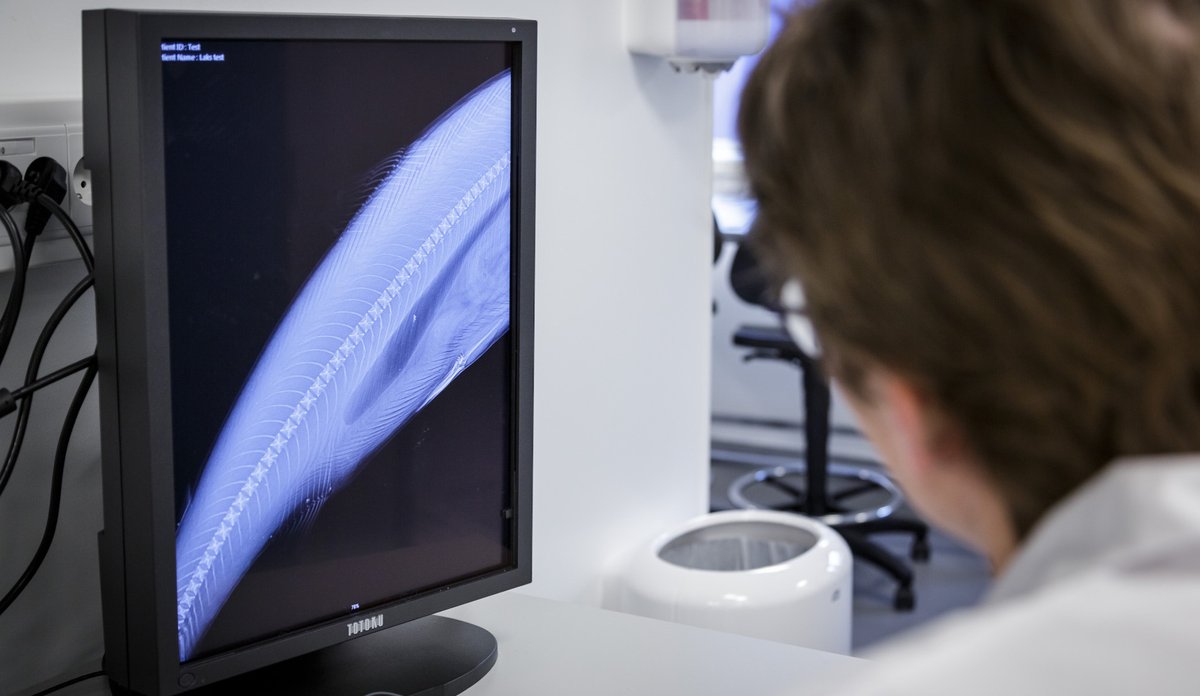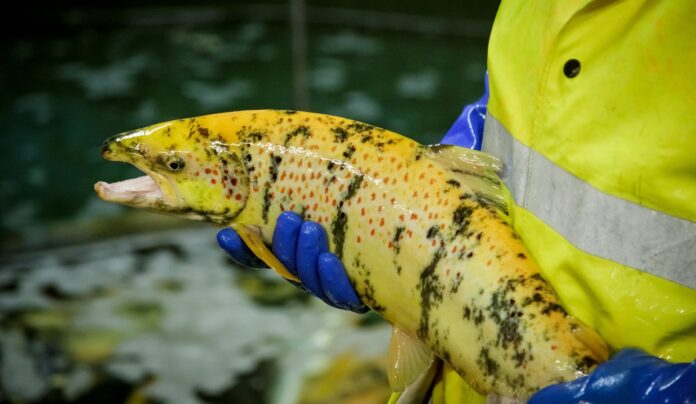By turning off a special gene with the CRISPR method, researchers at the Institute of Marine Research in Norway have created the world’s first salmon without gametes. The purpose has been to develop a farmed salmon that cannot mate with wild salmon if it escapes.
Now the researchers have followed such salmon throughout their entire lives (a so-called production cycle) to compare growth, signs of welfare and omega3 content with normal farmed salmon.
“We found no differences in body size, smoltification, stress markers, heart size or the occurrence of skeletal malformations,” researcher Lene Kleppe said.
The sterile salmon also had the same amount of healthy omega-3 fatty acids as the normal farmed salmon.
Grow faster
What the researchers saw, however, was that normal salmon began to grow faster than the sterile salmon towards the end of the experiment. In addition, he got a bigger liver.
These are early signs of sexual maturation. You generally want to avoid that in farming, not only because sexually mature fish on the run can mate with wild fish,” Kleppe explained.
Fish that reach sexual maturity become more susceptible to disease and can thus experience poorer welfare.

They also get poorer meat quality because they use energy on sexual maturation. In farming, sexual maturation means that the salmon must be slaughtered, even if it was ahead of schedule.
Sexual maturation
Early sexual maturation is a problem especially in closed fish farm facilities on land. But there the breeders can to some extent use light and temperature to prevent that.
“The easiest thing would be to exclude sexual maturation completely in farmed salmon,” Kleppe said.
“We have now shown that gamete-free salmon is largely similar to normal salmon, but has the clear advantage that it never reaches sexual maturity,” she concluded.
So far, the gene-edited salmon has only been produced for research in the laboratory. In Norway, it is defined as genetically modified, and strictly regulated by the Genetic Engineering Act.
The Institute of Marine Research is a world leader in developing methods for using CRISPR for gene editing of salmon.

